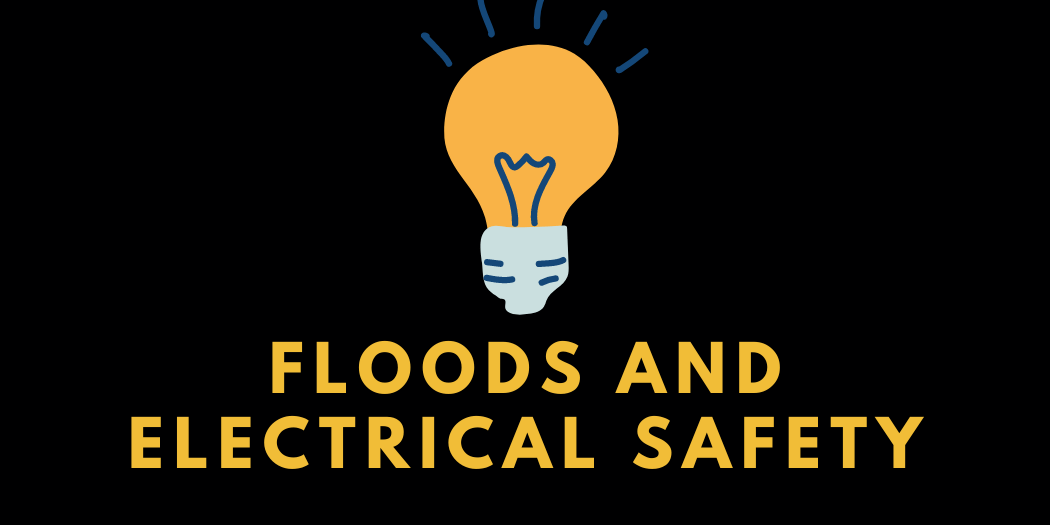Floods and Electrical Safety: Protecting Your Home and Family
Floods can be devastating natural disasters, causing significant damage to homes and posing numerous risks to the safety of residents.
In addition to the immediate dangers of rising water levels, floods can also create electrical hazards that persist even after the water recedes.
Understanding the potential electrical safety risks associated with floods and knowing how to protect your home and family is crucial.
In this blog post, we will delve into the topic of floods and electrical safety, providing you with essential information, tips, and precautions to keep in mind before, during, and after a flood event.
By being prepared and taking the necessary steps, you can mitigate electrical hazards and ensure the well-being of your loved ones.
Understanding Electrical Hazards in Flooded Areas
Floodwaters and electricity are a dangerous combination. When floodwaters enter your home, they can come into contact with electrical systems and appliances, creating significant hazards. It’s important to be aware of the following electrical safety risks during floods:
- Electric Shock: Contact with floodwater that has reached electrical outlets, wiring, or appliances can result in electric shock, which can be fatal.
- Fires: Water can damage electrical wiring and equipment, increasing the risk of short circuits, electrical sparks, and fires.
- Contaminated Water: Floodwater is often contaminated with pollutants, chemicals, and bacteria, which can further increase the risk of electrical shock.
Preparing for a Flood
Taking proactive measures to prepare for a flood can significantly reduce the potential electrical hazards. Consider the following steps:
- Safeguard Your Electrical System: Elevate electrical panels, switches, and wiring above the anticipated flood level. Ensure that your electrical system complies with local building codes and is properly grounded.
- Install Ground Fault Circuit Interrupters (GFCIs): GFCIs are designed to quickly detect electrical faults and shut-off power in the event of a ground fault, preventing electric shock. Install GFCIs in areas prone to moisture, such as basements, kitchens, and bathrooms.
- Create an Emergency Kit: Include battery-operated flashlights, a battery-powered radio, spare batteries, and a fully charged portable power bank. Avoid using candles during a flood, as they can pose fire hazards.
- Unplug Appliances and Electronics: Before evacuating, unplug all non-essential electrical devices to prevent damage from power surges when the electricity is restored.
During a Flood
During a flood, prioritizing safety is paramount. Follow these guidelines to minimize electrical hazards:
- Evacuate if Instructed: Heed evacuation orders from authorities and prioritize the safety of yourself and your family.
- Do Not Touch Electrical Equipment: Avoid contact with electrical appliances, outlets, and switches if you are standing in water or if they are wet.
- Do Not Enter Flooded Areas: Never enter a flooded basement or any other flooded area where water may be in contact with electrical systems.
- Call for Professional Assistance: If you suspect electrical damage or if your home has been flooded, contact a licensed electrician before restoring power.
After a Flood
After the floodwaters recede, it’s crucial to proceed with caution and take appropriate steps to ensure electrical safety:
- Wait for Clearance: Only enter your home after it has been declared safe by authorities. The building may need to be inspected for structural damage and electrical hazards.
- Stay Aware of Surroundings: Be mindful of debris, weakened structures, and standing water that may still be present. Avoid stepping in standing water until it has been determined to be safe.
- Do Not Touch Electrical Devices: If electrical devices have come into contact with water, do not touch them. Water can damage the internal components, and there may be a risk of electric shock. Have a licensed electrician inspect and evaluate the equipment.
- Have the Electrical System Inspected: Engage the services of a qualified electrician to inspect your electrical system. They will check the integrity of wiring, outlets, switches, and appliances to identify any damage that may have occurred during the flood.
- Dry Out Your Home: Properly dry out your home to prevent mold growth and further damage to electrical components. Use dehumidifiers, fans, and open windows to facilitate drying. Be cautious when using electrical equipment in damp environments.
- Replace Damaged Components: If electrical components, such as outlets, switches, wiring, or appliances, have been submerged or damaged during the flood, they should be replaced by a licensed electrician. Do not attempt repairs or replacements yourself.
- Arrange for Proper Disposal: Dispose of any damaged electrical equipment or components in accordance with local regulations. Do not dispose of them with regular household waste.
Final Thoughts on Floods and Electrical Safety
Floods can have severe consequences, including electrical safety hazards.
By understanding and implementing proper precautions before, during, and after a flood, you can protect your home and loved ones from electrical dangers. Remember to prioritize safety, seek professional assistance when necessary, and never compromise on electrical safety measures.
Stay informed, have your electrical system inspected by licensed professionals, and follow recommended guidelines to ensure a secure and resilient living environment in the face of flooding events.







